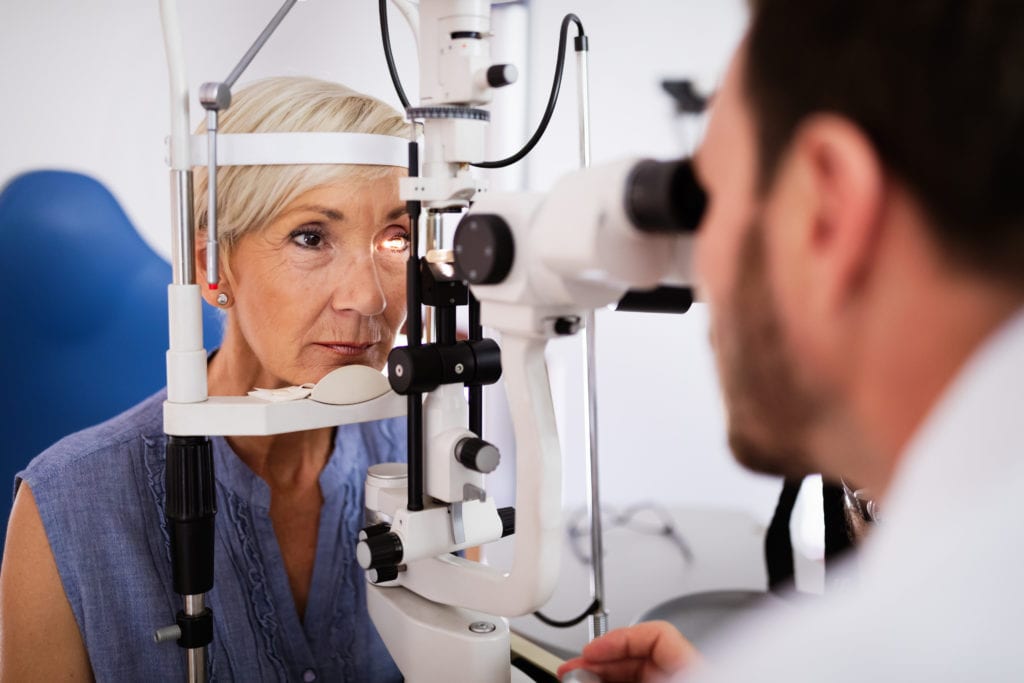Pterygium
What is a Pterygium?
 A pterygium is a painless, non-cancerous growth of the conjunctiva, the lining that covers the white part of the eye. The pterygium may grow on the cornea, which covers the iris, the colored part of the eye. A pterygium usually begins on the nasal side of the eye and can be different colors, including red, pink, white, yellow or gray.
A pterygium is a painless, non-cancerous growth of the conjunctiva, the lining that covers the white part of the eye. The pterygium may grow on the cornea, which covers the iris, the colored part of the eye. A pterygium usually begins on the nasal side of the eye and can be different colors, including red, pink, white, yellow or gray.
Patients with pterygium often first notice the condition because of the appearance of a lesion on their eye or because of dry, itchy irritation, tearing or redness. Pterygium is initially noticed when it is confined only to the conjunctiva. At this stage of development, it is called a pinguecula. As it extends to the cornea it is termed a pterygium and can eventually lead to impaired vision.
Pterygium is diagnosed after a thorough medical examination of the eyes. A slit-lamp examination will allow the physician to examine the cornea, iris, and lens to confirm the diagnosis.
What Causes Pterygium?
While the causes of pterygium are not entirely known, it is believed to be caused mainly by exposure to UV light. Other suspected causes include living in a dry, dusty, and windy environment. People who live near the equator or play water sports such as surfing and fishing are more likely to develop pterygium.
Studies show that there may also be a genetic predisposition to pterygium, with a higher prevalence occurring in men more than women.
What Are The Signs and Symptoms of Pterygium?
Symptoms of pterygium include:
- Tissue in the inner or outer corner of the eye
- Dry eyes
- Redness of the eye
- Irritation
- Inflammation
- Tearing
- Burning of the eye
- Blurry vision
In more severe cases, the pterygium may grow over the pupil and limit vision.
How is Pterygium Treated?
In most mild cases of pterygium, artificial tears can be used to reduce dryness and irritation. For those patients with severe cases of pterygium and whose vision has been affected, different types of surgery are available. Surgery is the only way to definitively remove a pterygium, but it is not a perfect solution; it requires long-term follow-up, and the recurrence rate is between 30 to 40 percent.
Autologous Conjunctival Auto-Grafting
A safe and effective technique to surgically remove a pterygium is autologous conjunctival auto-grafting. The pterygium is removed as well as the tissue covering the conjunctiva. The tissue that is removed from the sclera is replaced by tissue that has been removed from the inside of the patient’s upper eyelid.
Amniotic Membrane Transplantation
Amniotic membrane transplantation is another safe and effective procedure to remove a pterygium. Donor tissue from an inner layer of the human placenta is used to reconstruct the surface of the eye. This type of graft encourages healing and reduces swelling.
How Can I Prevent Pterygium?
Sunglasses that block UV rays, particularly sunglasses that provide side coverage, are a good means of protection against pterygium. Wearing a hat with a brim to limit or block sunlight is also helpful. In hot, dry climates, artificial tears should be used to help lubricate the eyes.
Schedule a Consultation with Vistarr Laser & Vision Centers
For more information on treatments for Pterygium call (610) 692-8100 or fill out a Contact Form here. Vistarr Laser & Vision Centers serves patients in West Chester, Paoli, and Kennett Square, PA.




